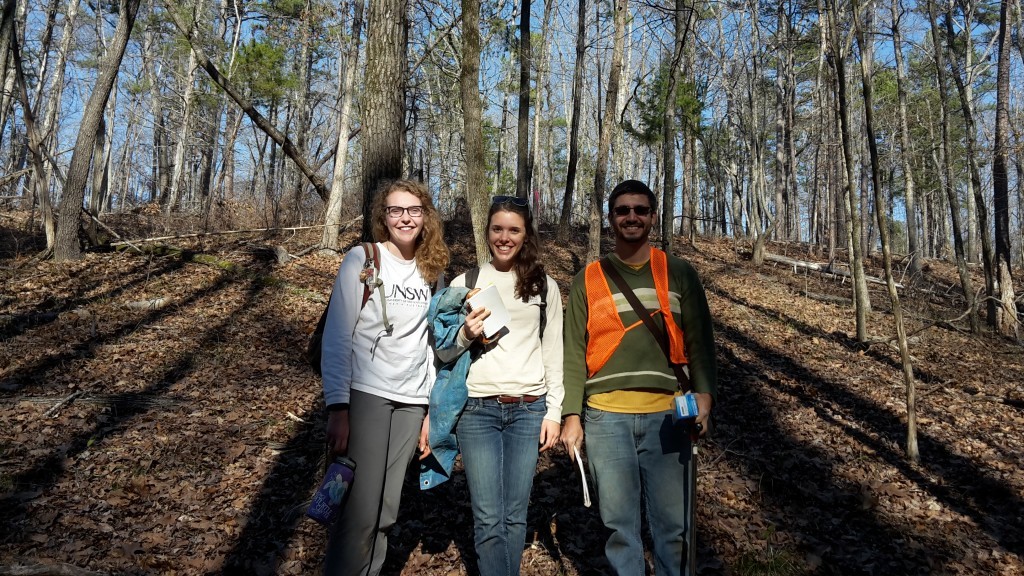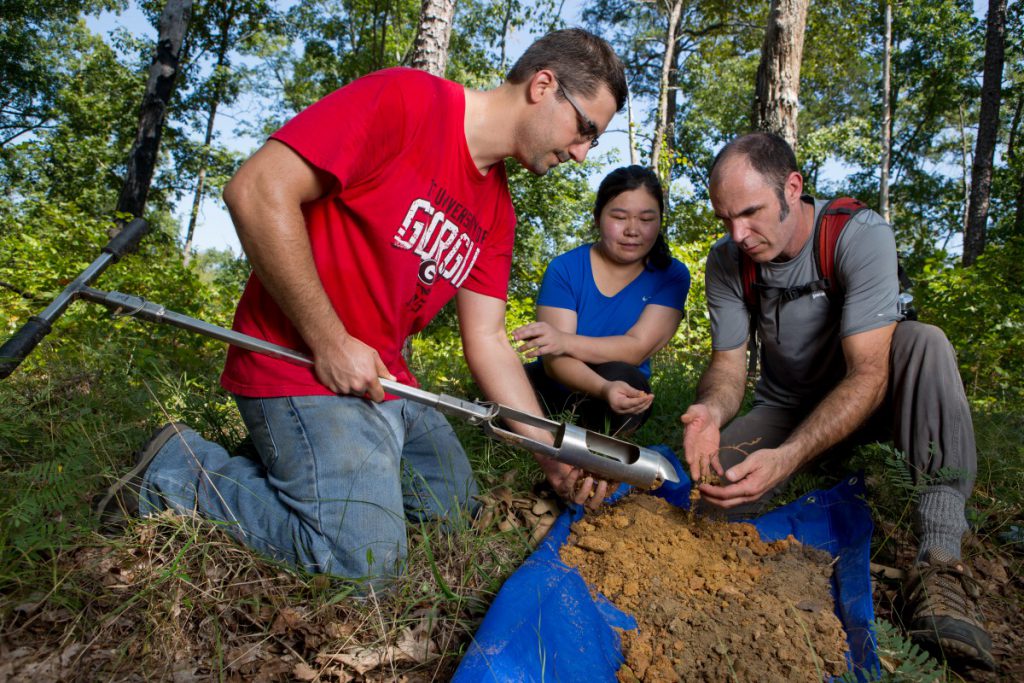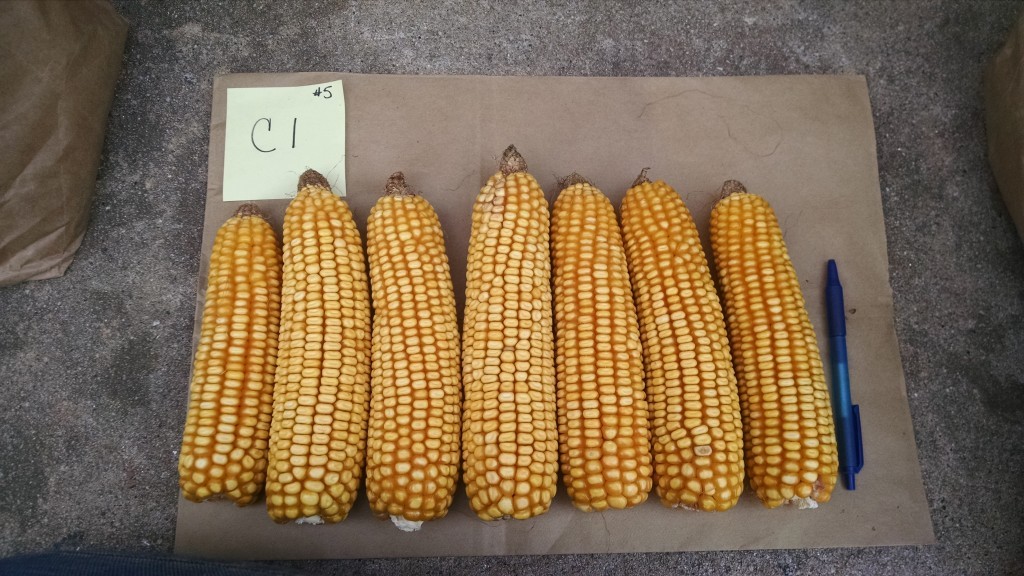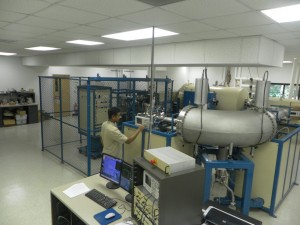Critical Zone Science
Cross-disciplinary examinations of the environmental behavior of the portion of the earth most important for sustaining life bounded by the tops of the trees and the bottom of the groundwater. UGA is fortunate to be a founding institution of the Calhoun Critical Zone Observatory (CZO) and also has faculty and students associated with the Luquillo CZO.



Land Management (Agriculture and Forestry)
Soil Quality and Cover Crops
Soil is the foundation of agriculture. Soils in Georgia are old and highly weathered. This means they have naturally low fertility and usually have a low pH (acidic). Years of cultivation in many places have caused the loss of the most fertile topsoil and soil organic matter. Many sustainable agriculture practices are designed to help restore what is sometimes referred to as “soil quality”
What is soil quality? It is the capacity of the soil to support healthy plants and animals, and to perform environmental services such as retaining or breaking down pollutants as well as absorbing and filtering water. The key to soil quality is soil organic matter because it influences things such as fertility, the movement of water into the soil and how roots grow. Soil Quality Card for Georgia
More information: Sustainable Agriculture at CAES




Organic grain corn after black oats/crimson clover cover crop and planting broccoli after a cowpea cover crop.
Soil Fertilizer Management
Research on techniques to optimize fertilizer applications according to the four R’s: the Right Source, the Right Rate, the Right Timing, and the Right Placement.
Environmental Soil Sciences
This program develops an understanding of processes controlling the cycling, transport, and bioavailability of nutrients and contaminants through soils. It focuses on the impacts of physiochemical dynamics on ecosystem function and contaminant behavior; the drivers of chemical mobility and availability; and the occurrence, transformation and fate of emerging contaminants, such as hormones, pharmaceuticals and carbon nanotubes in soil and water systems, and elucidation of mechanisms controlling such processes at the molecular level.

Biogeochemistry
Clay Mineralogy
Clays and clay minerals are the most abundant reactive solids on the Earth’s surface. Understanding clays minerals involves the detailed crystal-chemical characterization of their structure, particularly as they are found associated in near surface weathering, diagenetic, and hydrothermal geologic environments. These minerals often interact with biological systems, which then allow them to proxy the record of environmental change on Earth.
More information: Soil Analysis Lab and Clay Mineralogy Lab
The Center For Applied Isotope Studies
The CAIS operates a 500 kV compact AMS unit for precise analyses of carbon isotopes C-12, C-13, and C-14 at extremely low (parts per quadrillion) concentration levels.
The National Electrostatics Corporation Model 1.5SDH-1 Pelletron Accelerator Mass Spectrometer, installed in January 2001, provides the means to directly count the number of C-14 atoms in a sample, so that even extremely small (microgram size) samples can be used for quantitative determinations of very low-level isotopic concentrations.
Precision of C-14 measurements is better than 0.3%. The sensitivity of the instrument is comparable to that of much larger units, with theoretical detection limits as low as 4 attomoles (4 x 10-18 moles) of C-14.

More information: The Center for Applied Isotope Studies
0.5MV accelerator mass spectrometry system (AMS)